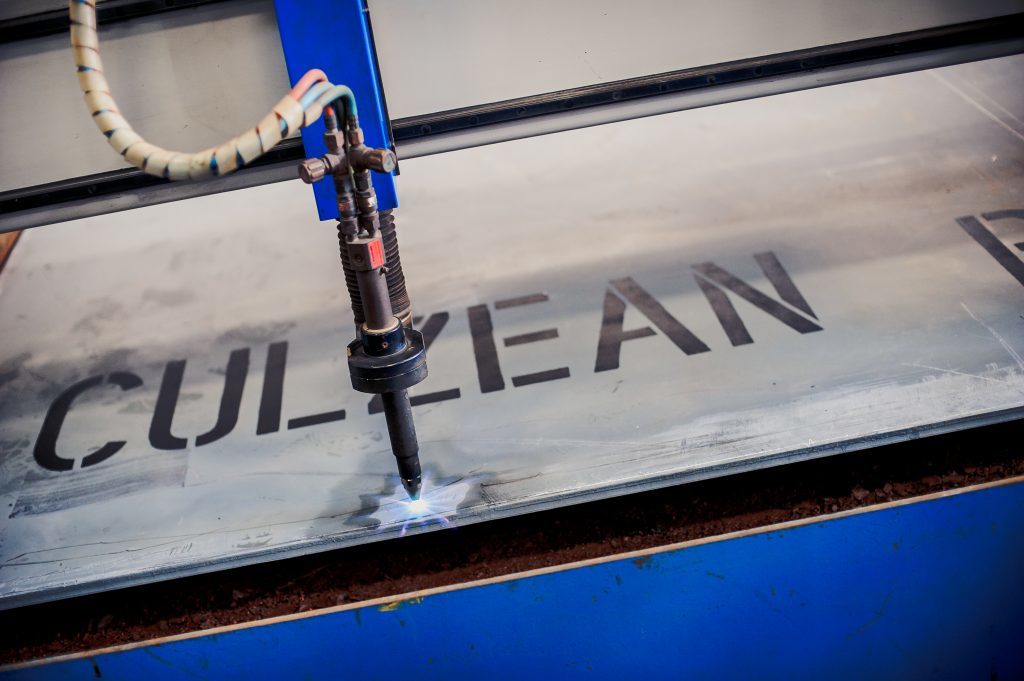
From Google Glasses to ‘face-swapping’ apps, Augmented Reality (AR) is a concept we’re becoming increasingly familiar with.
Augmented reality is defined as the combination of a real life view supplemented with computer generated sensory input via electronic wearables such as glasses, smart tablets or phones.
It has been around for more than a decade, with the gaming industry having been quick to explore the opportunities augmented reality offers. However, entertainment isn’t the only space where the technology is making inroads.
It is already being used across a wide range of industries and practices to enhance our experience of the real world, to capture and present more data, and to help us work more safely and efficiently.
So it comes as no surprise that the Oil & Gas industry is also focusing its efforts on leveraging this technology.
Yet, the true potential of Augmented Reality to streamline operations and importantly to increase safety levels is yet to be truly fulfilled in our industry – and we wanted to find out more.
At Maersk Oil, we’re constantly following the latest developments in the technology sector to see how we might apply new innovations to our operations. I am part of Maersk Oil’s Technology and Innovation team which was created to allow ideas to be developed, tested and nurtured to make sure we’re at the cutting edge of innovation in the industry.
Recently, for instance, we looked into using AR with specially developed software which enables onshore technical experts to communicate with those offshore via live, interactive devices much like iPads.
The devices’ screens are layered with information and data, to help virtually solve real time errors or issues with equipment.
Onshore experts can communicate via the screens to engineers on the platform – they can also place markers directly on the screens accurately highlighting where problems are occurring to quickly solve technical issues in real time.
As with every innovation we progress, operational and cost efficiencies are front of mind. With this particular application of AR the benefits could be significant.
For instance, one technical expert is able to virtually monitor and support several offshore locations at once – saving huge amounts of manpower, time and money.
The experts are then also exposed to a great variety of problems across different platforms giving them broader experience and a better skill set which means, in turn, they are equipped to solve diverse problems more quickly and more efficiently.
However, this is only the tip of the iceberg. AR has so much potential – both for on- and offshore operations – to help us work better, faster, with greater accuracy and to make proper use of the huge amounts of data we can collect.
I think this is the next big area AR can help us. We are working with an abundance of potential sources of data which, if used properly, could be a really important resource.
Crucially, by making this data more accessible and shareable, we’ll be able to use it for risk and opportunity analysis.
While we have to consider the barriers to bringing these kinds of technologies offshore – the physical devices we use for instance, have to be explosion proof – going forward we expect AR to have a huge impact on our operations.
I can easily see a time where all offshore workers have AR software installed in their goggles and helmets to help them navigate the platform more safely.
From showing potential hazards or the shortest escape routes on the platform, to displaying messages about the status of the equipment, providing data on the pressure and temperature of pipes and wells or even digitally identifying engineers new to the rig. The possibilities are endless.
And it doesn’t stop there… AR is one step away from Virtual Reality (VR). While we’re further away from being able to use this kind of technology in our industry, I can also see it improving operational efficiency, for example, by helping us to virtually explore oil fields.
Although we’re currently able to fairly accurately explore oil beds using 3D computer models, just imagine how VR will eventually take this one step further. We’ll be able to actually enter into a virtual oil bed and examine it closely to really see where progress can be made and, most importantly, where it’s worth investing.
Augmented Reality is a truly game changing technology for our industry that is constantly evolving. It is going to unlock the potential of both our physical working environments and the people who work in them.
And the technology is continuously evolving. It’s an area we keep track of as part of our drive towards increased automation and digitisation as a means to strengthen our efficiency and safety. I’m particularly excited by the plans we have for Culzean – Maersk Oil’s flagship ‘21st century’ platform which will be fully digitised and designed to work with innovative technologies like this.
As an industry we have to look forward and to a time when our traditional methods are no longer viable. I firmly believe that technology – just like Augmented Reality – is the key to this and I can’t wait to see where it will lead us in future.
Martin Kaster is lead production engineer, Corporate Technology and Innovation at Maersk Oil.
Recommended for you
